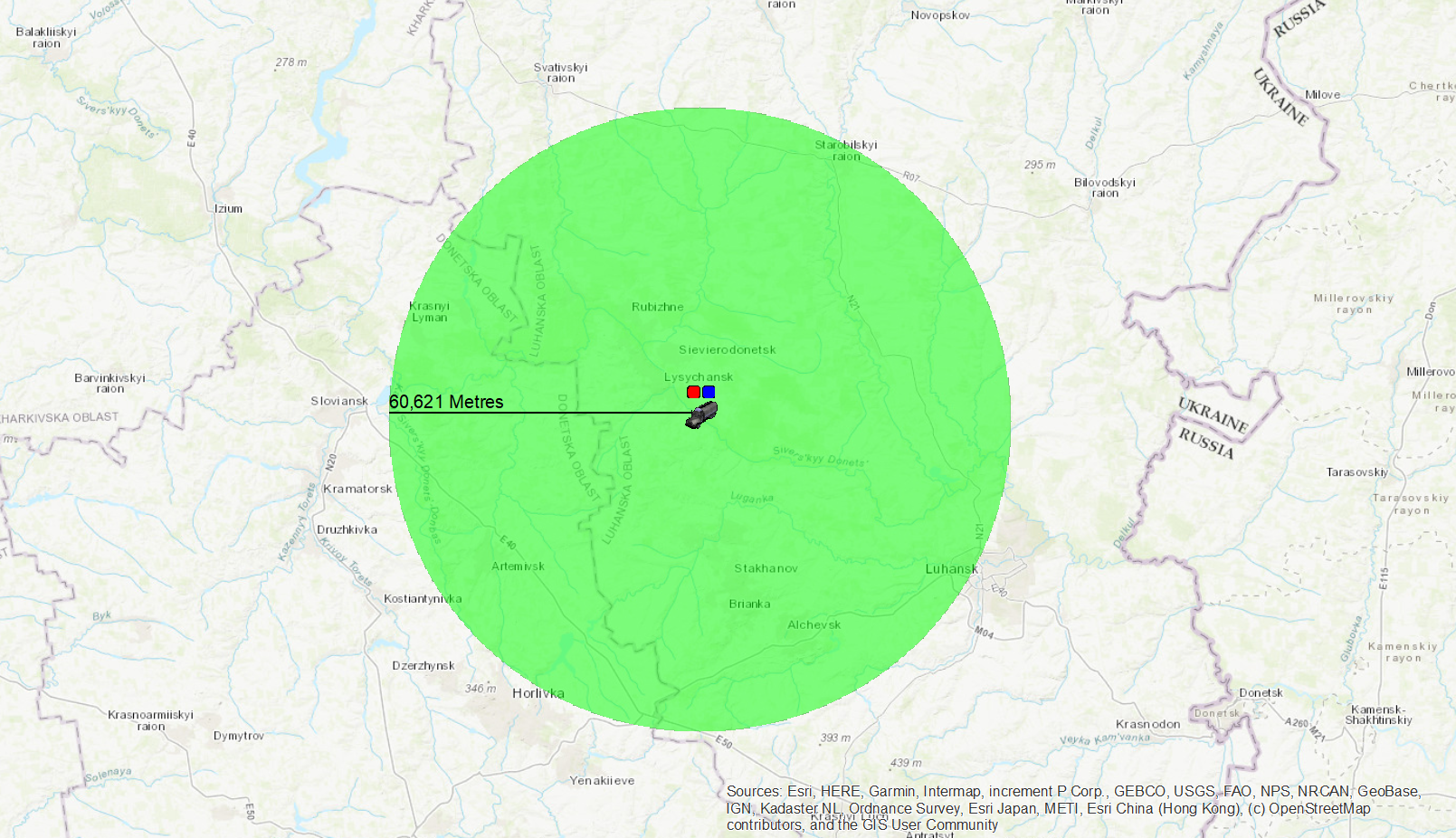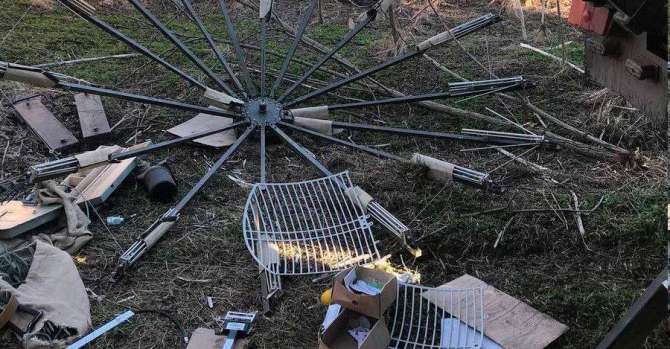Armada continues its open-source analysis of Russian land forces’ electronic warfare capabilities deployed to the Ukraine theatre of operations, this month examining the Torn electronic warfare system.
The Russian Army’s Torn Communications Intelligence (COMINT) system is considered one of the most modern Electronic Warfare (EW) capabilities in service with its manoeuvre force. Torn hit the headlines in March when Ukrainian forces reported they had captured a system deployed to Ukraine.
This is not the first time Torn has deployed to Ukraine. In 2019, the Organisation for Security and Cooperation in Europe discovered a system deployed in the southern Donetsk region.
Capabilities
Little is known about Torn. Open sources say it can detect, identify and localise emissions across wavebands of 1.5 megahertz/MHz to three gigahertz/GHz. This would allow it to collect COMINT on High Frequency (HF: three megahertz to 30MHz) and Very/Ultra-High Frequency (V/UHF: 30MHz to three gigahertz) emitters.
Torn uses two Kamaz-5350 trucks. One accommodates the systems’ antennas, processing equipment and operator workstations. The other carries rigging and cabling supporting the antennas.

Deployment
Jonas Kjellén’s 2018 publication Russian Electronic Warfare: The role of Electronic Warfare in the Russian Armed Forces, gives some illuminating detail. Mr. Kjellén explains that Torn is thought to have been in service since 2012. It deployed into Russian-occupied Ukraine from 2015. Interestingly, Torn is not deployed at the tactical level with EW companies equipping army manoeuvre formations. Instead, it equips reconnaissance units organic to the army’s motorised rifle and tank brigades and divisions.
This is almost certainly to enrich the tactical reconnaissance picture. The army’s EW companies provide organic electronic warfare support to the manoeuvre force to help achieve electromagnetic superiority and supremacy. EW systems used by reconnaissance units, on the other hand, most probably help enhancetactical intelligence.
Assuming each manoeuvre formation has one Torn system deployed with its reconnaissance battalion, this could mean that 32 systems either furnish, or are furnishing, the army writ large. This would see one system deployed with each army manoeuvre formation. Armada also estimates that a single Torn may be deployed with the 6th Combined Arms Army’s 96th Separate Reconnaissance Brigade. This unit is part of the Western Military District. Given the number of army manoeuvre formations in Ukraine Armada assesses that up to 28 Torn systems may have been deployed.
Assessment
Open sources say Torn is capable of detecting, locating and identifying emitters at ranges of up to 70 kilometres/km (38 miles). As we did in early May regarding the Russian Army’s Repellent-1 counter uninhabited aerial vehicle system, we decided to see if these claims stack up. Using MASS’ Battleye electronic warfare mission support tool, it is possible to assess Torn’s potential attributes.
We programmed Battleye with Torn’s specifications. For the purpose of this simulation, we used a single system deployed on relatively flat ground to the south of Lysychansk, eastern Ukraine. Battleye’s simulation assesses that open-source estimates of Torn’s capabilities maybe exaggerated, but not by much. A single system is assessed as having a 60km (32-mile) detection range for ground-based HF and V/UHF emitters. This is less than the 70km estimated in open sources. Interestingly, as regards this system, it seems that open-source assessments are only a slight increase to those of Battleye.

Armada will continue assessing Russian Army EW capabilities as the war in Ukraine continues and additional open source information comes into our possession. Stay tuned!
by Dr. Thomas Withington













